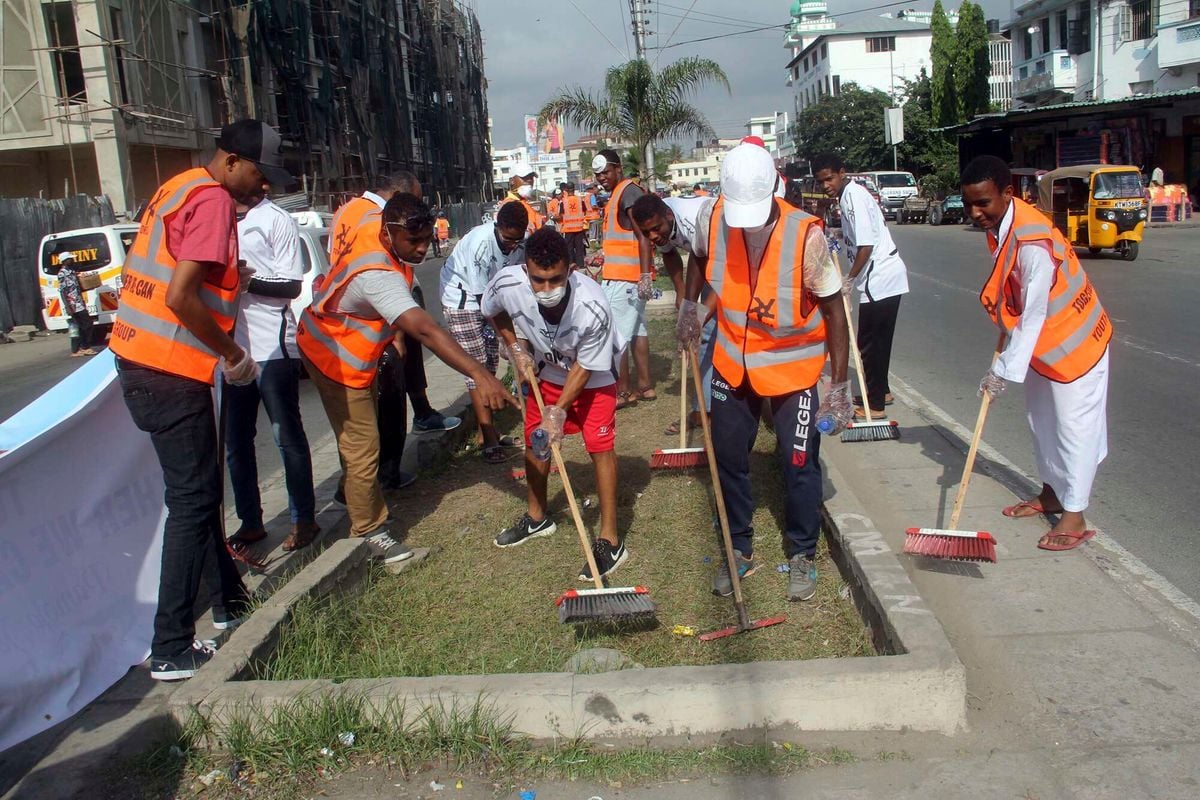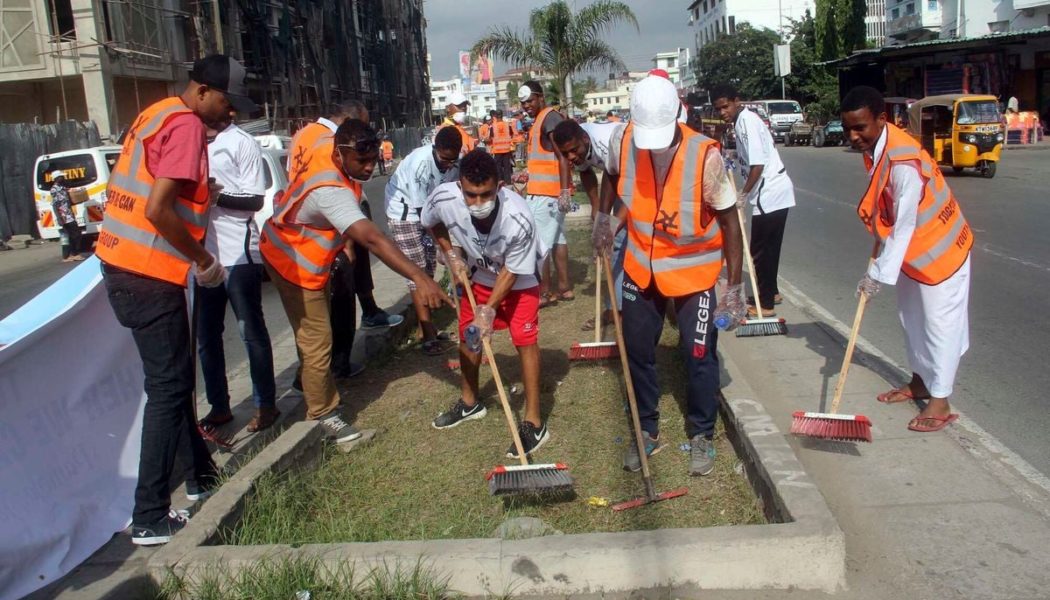
The government plans to introduce a colour-coded garbage segregation system as part of its effort to address waste management issues and reduce pollution in Nairobi River.
The initiative, part of the National Sustainable Waste Management Act of 2022, will require households to separate their waste into three distinct bags: green for organic waste, blue for dry recyclables, and red for hazardous materials.
Speaking in Baku, Azerbaijan, where climate talks – COP29 – are ongoing, Environment and Climate Change Cabinet Secretary Aden Duale outlined the new measures, explaining the government’s vision for a cleaner, more sustainable Nairobi.
“Every person pays for his garbage, am I right?” He posed. “We must find out the person who picks your garbage. The person who picks the garbage from your house must know where he dumps,” he added.
Under the new system, waste collection trucks will be required to follow specific routes and bring their loads to designated Material Recovery Facilities (MRFs), which will handle waste processing according to the type of material.
At the same time, Mr Duale dismissed the common perception that informal settlements are a major source of pollution in Nairobi River, saying the real polluters were individuals who, due to their financial means, can afford to purchase new items frequently, thus generating more waste.
He pointed out that this trend among middle and upper-class residents, who have a higher purchasing power, leads to increased waste production and ultimately contributes significantly to the pollution of the river. He added that industries and private waste collectors are also significant contributors to pollution.
The National Environment Management Authority (Nema) recently identified that over 90 percent of pollution in Nairobi’s rivers originates from industries, slaughterhouses and mismanaged sewage systems.
According to Nema, 145 facilities along the Nairobi River basin are discharging industrial effluents into the river, often due to malfunctioning or absent effluent treatment plants.
Mr Duale reiterated that the facilities have been issued restoration orders, adding that the government was taking a firm stance on compliance. “If you have a factory, you must show where and whether you are putting in place an affluent system. And I think now they are all complying with our conditions,” said the CS.
Non-compliant industries risk closure.
The government’s waste management efforts also include a job creation programme targeting youth along Nairobi’s rivers.
Mr Duale highlighted that the initiative is currently employing around 11,000 young people, with plans to increase this to 20,000 and eventually expand to other cities and counties.
“We will go to the other five cities in December, and then move to other counties.”
The National Sustainable Waste Management Act aims to shift Nairobi towards a circular economy, a model in which waste is minimised and materials are reused or recycled instead of being discarded.
According to Mr Duale, this approach will help reduce landfill waste and make better use of resources, particularly in Nairobi where waste management challenges have mounted.
“We must shift to the circular economy, where part of the garbage can be recycled,” he said.
Reacting to Mr Duale’s statement, Greenpeace Africa’s Hellen Dena said: “Only about nine percent of plastic has ever been recycled since the 1950s. Corporations have been irresponsibly shifting the burden of dealing with their distribution design failures onto consumers for far too long.”
The government hopes that colour-coded bins in public places will make it easier for residents to separate waste at the source.









